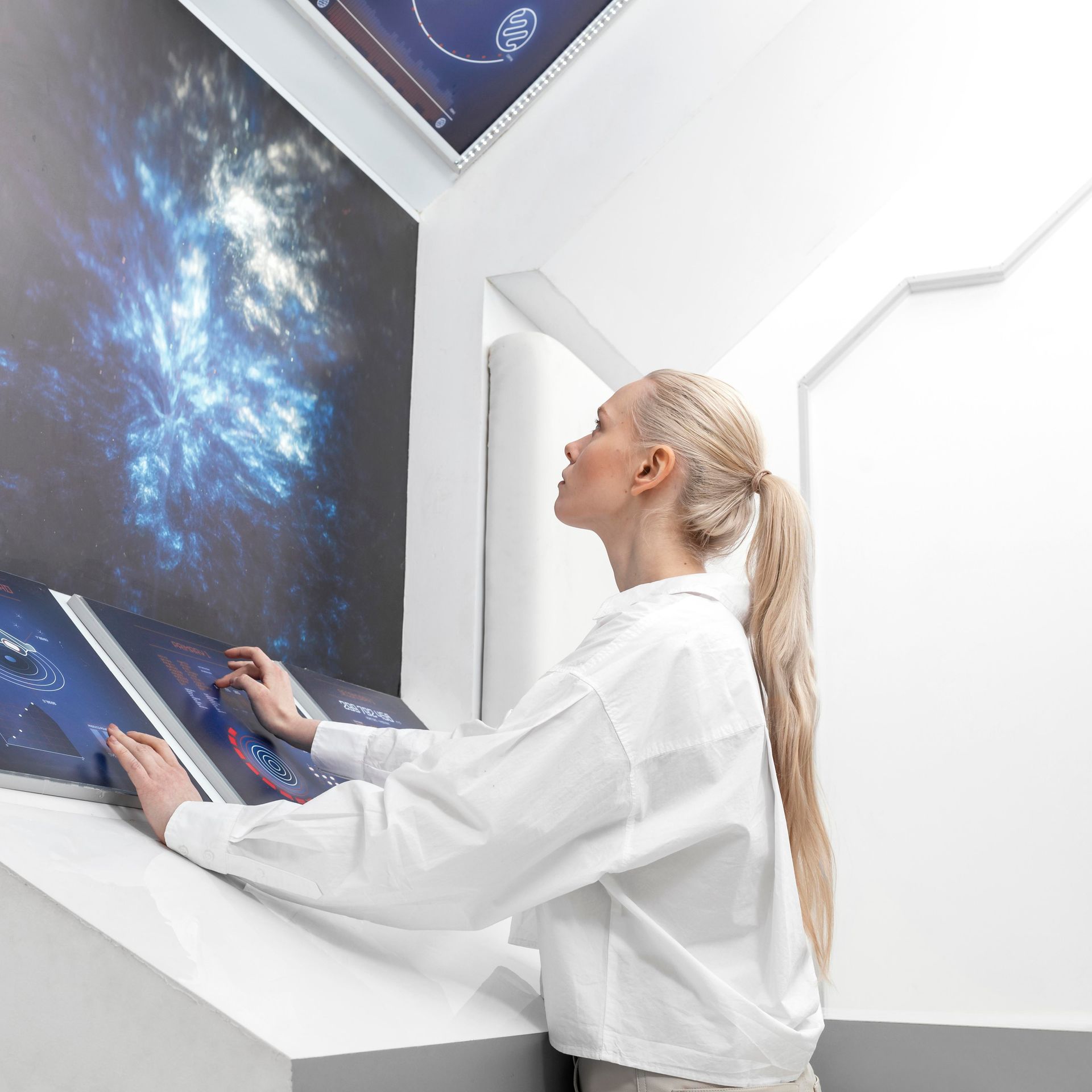Comparative Analysis of Virtual vs. In- Person Medical Assistants
Comparative Analysis of Virtual vs. In- Person Medical Assistants
In the realm of healthcare, efficiency, cost management, and patient satisfaction are paramount. Medical practices constantly face the challenge of choosing between virtual and in-person medical assistants, each offering distinct advantages and limitations. This comparative analysis by Chase Clinical Documentation explores these two types of medical assistants, focusing on their efficiencies, costs, and impact on patient satisfaction to help you make an informed decision for your practice.
Efficiency
Virtual Medical Assistants (VMAs)
VMAs excel in automating routine administrative tasks such as scheduling, billing, and handling patient inquiries, which can significantly enhance operational efficiency. They operate 24/7, ensuring continuous productivity without the need for breaks or shifts, which is something in-person assistants cannot match. Their ability to integrate with
various digital platforms and EHR systems allows for seamless information flow and management.
In-Person Medical Assistants
While in-person assistants may not match the round-the-clock availability of VMAs, they bring personal interaction and adaptability to dynamic clinical environments that are hard to digitalize. Their physical presence is crucial for tasks requiring direct patient contact, such as conducting preliminary physical assessments and assisting during procedures. They can also handle immediate, unforeseen patient or practice needs more fluidly.
Costs
Virtual Medical Assistants
One of the most significant advantages of VMAs is cost-efficiency. They require no physical space, minimal management, and no expenditures on things like health benefits or other employee-related costs. Additionally, VMAs can be scaled easily without the need for extensive additional costs, making them a cost-effective option, particularly for growing practices.
In-Person Medical Assistants
The costs associated with in-person medical assistants are higher due to salaries, benefits, training, and other employment-related expenses. The need for physical space and equipment also adds to the overhead costs. However, their ability to manage multiple responsibilities and their adaptability to non-routine tasks can justify the investment, particularly in settings that require a high degree of personal patient interaction.
Patient
Satisfaction
Virtual Medical Assistants
VMAs can significantly enhance patient satisfaction through timely and accurate communication, scheduling, and the handling of administrative tasks. They ensure that patient interactions are swift and professional, reducing waiting times and administrative burdens on patients. However, they lack the personal touch that some patients appreciate, particularly in a healthcare setting.
In-Person Medical Assistants
In-person assistants excel in building personal relationships with patients, which can greatly enhance patient satisfaction. Their ability to provide compassionate care and immediate responses to patient needs during their visits contributes positively to the patient experience. This personal interaction can be crucial in settings where patient reassurance and direct contact are valued.
Conclusion: Balancing
Technology and Touch
Choosing between virtual and in-person medical assistants ultimately depends on the specific needs of your medical practice. Virtual medical assistants offer unparalleled efficiency and cost-effectiveness, making them ideal for administrative tasks and practices looking to scale. In contrast, in-person assistants provide the irreplaceable
value of human interaction, crucial for patient-centered care and complex healthcare environments.
For many practices, a hybrid model that leverages the strengths of both virtual and in-person medical assistants may be the optimal solution. This approach allows for the efficient handling of administrative tasks while still providing the personal patient care that only human assistants can offer. Chase Clinical Documentation is here to help you
assess your needs and integrate the best solutions for your practice, ensuring both operational excellence and high patient satisfaction.
Recent Posts








CONTACT INFO
LEARN NEW SKILLS
Interested in acquiring the skills necessary to become a Remote Scribe or Remote Medical Assistant? CLICK HERE





